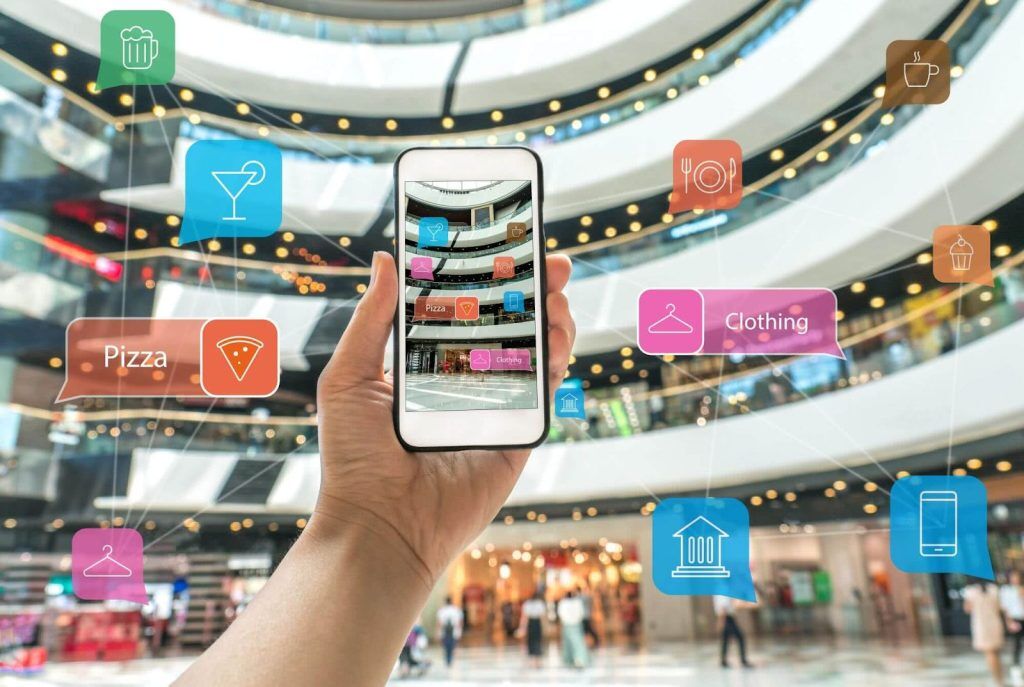Introduction
In the rapidly evolving world of retail, the line between online and offline experiences is becoming increasingly blurred. As technology continues to advance, consumers are expecting a seamless shopping experience that integrates the best of both worlds. This shift is driving a transformation in retail service, where businesses must adapt to meet the demands of today’s digitally savvy customers. In this blog, we will explore how retail service is evolving in the digital age and the strategies businesses can employ to bridge online and offline experiences.
Understanding the Evolution of Retail Service
Retail service has traditionally been rooted in physical stores, where customer service was delivered face-to-face. However, the digital revolution has redefined the concept of retail, introducing e-commerce platforms, mobile apps, and social media into the shopping experience. Today, retail service encompasses a wide range of touchpoints, from in-store interactions to online customer support, all of which contribute to the overall customer journey.
The Importance of a Seamless Customer Experience
One of the key challenges in modern retail service is creating a seamless experience across all channels. Consumers now expect to interact with brands in a consistent and personalized manner, whether they are shopping online, in-store, or through a mobile app. A seamless customer experience not only enhances customer satisfaction but also drives brand loyalty and increases sales.
Strategies for Bridging Online and Offline Experiences
Omnichannel Integration
The foundation of bridging online and offline experiences lies in omnichannel integration. This approach ensures that all customer touchpoints are connected, providing a unified shopping experience. For example, a customer should be able to browse products online, check availability in a nearby store, and then choose to either purchase online or visit the store to buy. Retailers can achieve this by integrating inventory management systems, customer data platforms, and communication channels.
Click-and-Collect Services
Click-and-collect services are a prime example of how retailers can bridge the gap between online and offline shopping. This service allows customers to order products online and pick them up at a physical store, offering convenience and immediacy. It also drives foot traffic to stores, where customers may make additional purchases.
Personalization Across Channels
Personalization is a crucial element of modern retail service. By leveraging customer data, retailers can create tailored experiences that resonate with individual shoppers. Whether it’s personalized product recommendations online or tailored in-store promotions, the goal is to make each customer feel valued and understood, regardless of the channel they choose to engage with.
Enhanced In-Store Technology
In-store technology plays a significant role in bridging online and offline experiences. Retailers can implement technologies such as mobile payment systems, self-checkout kiosks, and augmented reality (AR) to enhance the in-store experience. These innovations not only streamline the shopping process but also create a more engaging and interactive environment for customers.
Unified Customer Support
Providing consistent customer support across all channels is vital for a seamless retail service. Retailers should ensure that customer service teams are equipped to handle inquiries and issues both online and in-store. Implementing live chat features on websites, offering social media support, and training in-store staff to assist with online orders are effective ways to achieve this.
The Future of Retail Service
As technology continues to advance, the future of retail service will likely see even greater integration of online and offline experiences. Emerging technologies such as artificial intelligence (AI), virtual reality (VR), and the Internet of Things (IoT) will further enhance the customer journey, making it more personalized, convenient, and immersive.
Conclusion
In the digital age, retail service is no longer confined to a single channel. Businesses must adapt to the changing landscape by bridging online and offline experiences, offering a seamless and personalized customer journey. By embracing omnichannel integration, enhancing in-store technology, and providing unified customer support, retailers can meet the evolving needs of today’s consumers and thrive in a competitive market.
Frequently Asked Questions
1. What is Retail and Services Industry?
The retail and services industry involves businesses that sell products and provide services directly to consumers. It includes everything from grocery stores and clothing shops to restaurants and banks.
2. Why is it Called Retail?
The term “retail” comes from the Old French word “retailler,” meaning “to cut off, clip, divide,” referring to selling in small quantities.
3. How Does Retail Work?
Retail works by purchasing goods or services in bulk from manufacturers or wholesalers and selling them to consumers in smaller quantities at a markup.
4. How is Retail Profitable?
Retail is profitable by setting prices higher than the cost of goods purchased, using economies of scale, and optimizing operations to reduce costs.
5. Why is Retail a Good Industry?
Retail is a good industry because it offers a broad range of opportunities, is essential to the economy, and can be resilient in various economic conditions due to constant consumer demand.

